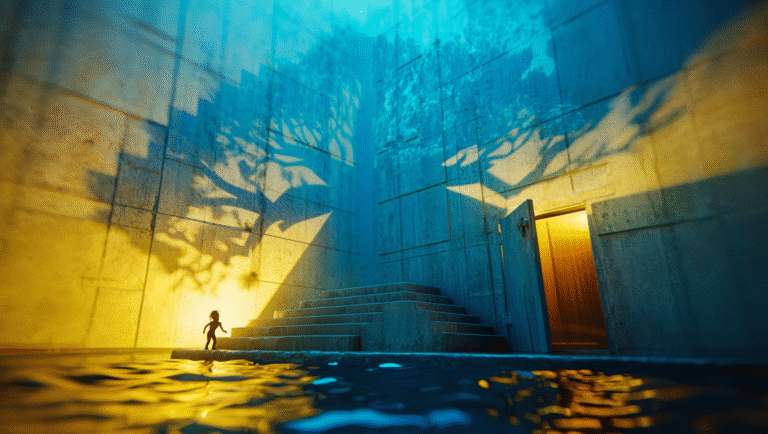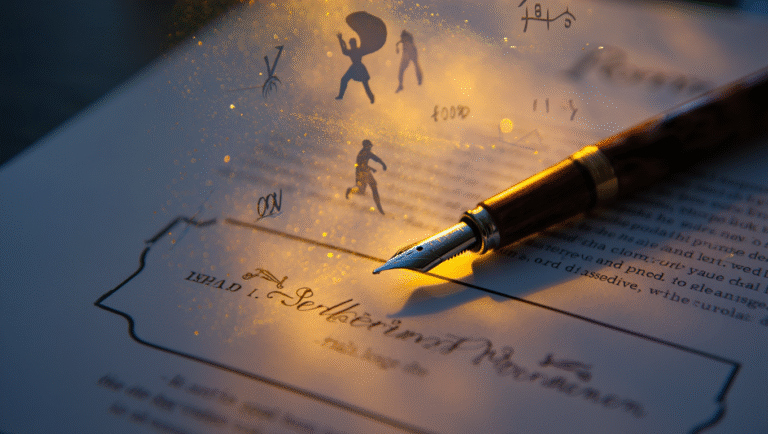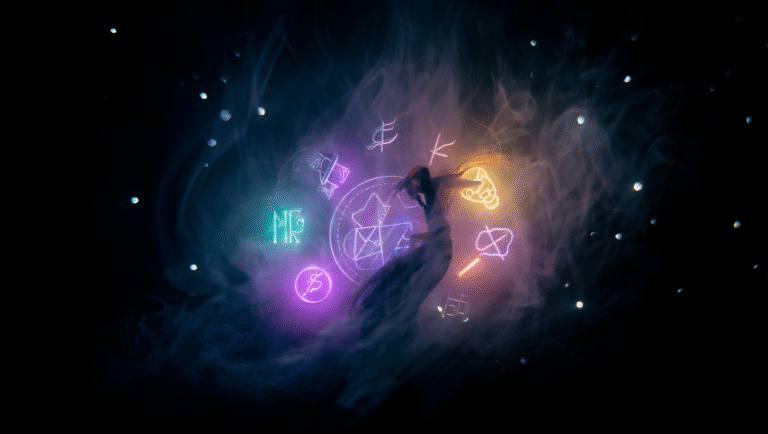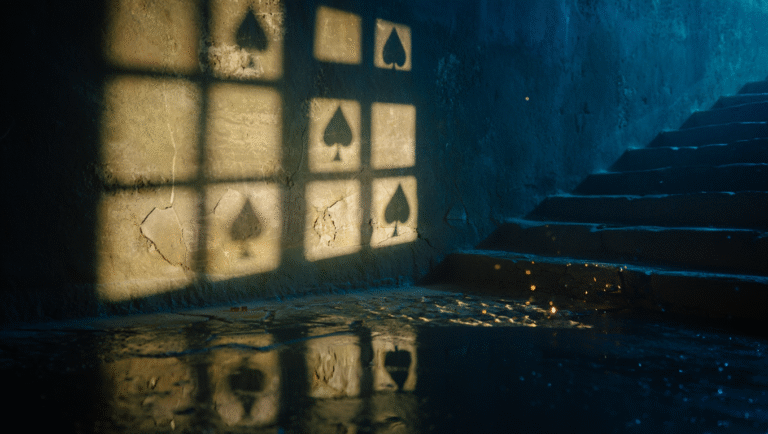Lessons from Human Design Charts
Curious about why some people seem to glide through life with energy to spare while others hit an afternoon wall by 2 PM? Or maybe you’ve noticed that what motivates your colleague drains you? If you’ve been down the astrology rabbit hole but still feel like something’s missing, Human Design might just be the fresh perspective you need.
What Is Human Design, and Why Should Modern Professionals Care?
Human Design is a personality and energy mapping system that blends elements from astrology, the I Ching, Kabbalah, and the chakra system. While it might sound a little out-there, the best way to think of Human Design is as a practical manual for understanding how you’re wired to make decisions, interact with others, and manage your energy.
“Human Design isn’t about putting you in a box. It’s about giving you the user’s manual you never got at birth.”
Unlike astrology, which focuses on planetary positions and archetypes, Human Design goes a step further by showing you how your unique energy operates on a daily basis. It’s not about predicting your future — it’s about optimizing your present.
Real-World Case: The ‘Team Burnout’ Meeting
Let’s set the scene: Your project team keeps missing deadlines. Morale is low. Everyone’s tired. You’ve tried motivational quotes, free snacks, even a lunchtime yoga class. Nothing sticks.
Enter Human Design. You run a quick chart for each team member (free with mybodygraph.com). Suddenly, you discover:
- Only two people are “Generators” (the classic workhorses)
- Three are “Projectors” (they thrive when guiding, not grinding)
- One is a “Manifestor” (loves starting, not finishing)
Lightbulb moment. You’re forcing everyone into the same workflow, but their energy types are literally designed to function differently.
Human Design Energy Types: Quick-Start Guide
Human Design sorts people into five energy types. Here’s a cheat sheet — and, because you’re busy, each one comes with a 15-minute self-check ritual.
| Name | Key Feature | Best Role | Great for | Amazon intro book |
|---|---|---|---|---|
| Generator | Consistent energy, built to respond | Doers, builders | People who like routine and productivity | See “Understanding Human Design” |
| Manifesting Generator | Multi-taskers, fast-switchers | Doers & innovators | People with many interests who get bored easily | Check price on Amazon |
| Projector | Guides, seers, need recognition | Managers, coaches, consultants | People who love solving problems for others | “Human Design for Projectors” |
| Manifestor | Initiators, trailblazers | Starters, entrepreneurs | People who love launching projects | See today’s deal |
| Reflector | Mirrors, highly sensitive | Evaluators, community barometers | Empaths; people who feel group energy | Check price on Amazon |
15-Minute Ritual: Discovering Your Energy Type
- Find your birth data: date, time (to the minute), and place.
- Go to mybodygraph.com (free, no credit card).
- Enter your details and click “Create Chart.”
- Your “Type” will be listed clearly. Read the short description provided.
- Take 5-10 minutes to reflect: Does this fit with how you experience work and relationships?
Pro tip: If your chart feels way off, double-check your birth time. Even 10 minutes can change your chart!
Practical Applications: How to Use Human Design at Work (and Home)
1. Energy Flow Management
- Generators: Schedule focused work blocks, but honor your need for satisfying tasks. If you’re forcing it, your energy tanks.
- Projectors: Build in downtime. You’re most effective when recognized. Prioritize tasks where your insight is valued.
- Manifestors: Start projects or initiatives, but don’t force yourself to see everything through. Delegate when interest drops.
2. Meetings & Collaboration
- Assign brainstorming and kickoff roles to Manifestors.
- Let Generators handle process and follow-through.
- Tap Projectors for feedback and strategy.
- Check in with Reflectors after group decisions; they sense group morale shifts fastest.
3. Self-Care & Burnout Prevention
- Generators/Manifesting Generators: Physical activity resets your energy. Try a standing desk or quick walk between calls.
- Projectors: Schedule micro-breaks. Even 2-3 minutes away from screens helps.
- Manifestors: Structured freedom. Block time for your projects, but allow for pivots.
- Reflectors: Track your wellbeing daily — use a simple journal or this guided wellness journal.
Beyond Astrology: What Makes Human Design Different?
Astrology is great for big-picture themes (“I’m a Cancer, so I’m sensitive”). But Human Design drills down into how you make decisions (your “authority”), your best work rhythm, and even how you interact with others in real time.
For example:
- Astrology: Your sun sign is Leo — leadership is in your DNA.
- Human Design: You’re a Projector — you’ll lead best when invited, not by pushing.
Human Design also gives you tools (not predictions). Instead of “you’re unlucky this month,” you get “here’s how to optimize your workflow and say no to energy drains.”
Checklist: How to Start Using Human Design Today
- Run your free chart at mybodygraph.com.
- Read a beginner-friendly guide (book option here).
- Share charts with your partner or team (with consent!).
- Identify your energy type and core “authority.”
- Restructure your to-do list: Prioritize tasks that fit your type. Delegate or drop what drains you.
- Set a 15-minute weekly check-in to review what’s working.
Recommended Tools & Links
- Jovian Archive — Official Human Design resource
- Understanding Human Design (best-selling guidebook)
- Human Design for Projectors
- Wellness Journal for Reflectors & Sensitive Types
- Human Design America — chart and reports
Final Thoughts: Science, Skepticism, and Sanity
Is Human Design scientific? Not in the peer-reviewed sense. But its value is in self-experimentation — try it on, see what fits, discard what doesn’t. Think of it as a tool, not a rulebook.
Bottom line: You don’t need to believe in everything to benefit. If knowing your energy type helps you avoid burnout or communicate better, that’s a win.
“Use Human Design as a mirror, not a map.”
Ready to give it a try? Get your chart, tweak your workflow, and see how it feels. Fifteen minutes, zero pressure, potentially big results.
Some links may be affiliate. You pay the same price, and this blog may earn a small commission.







